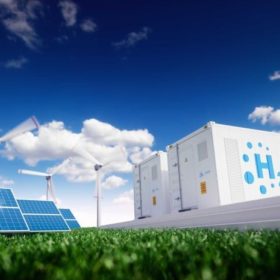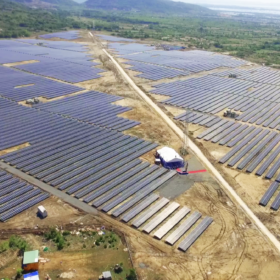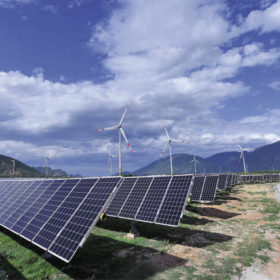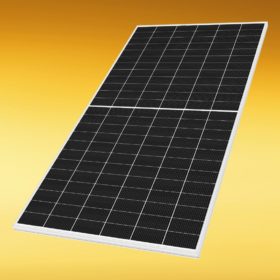The solar highway to Australia’s renewable hydrogen economy
Modelling from a new report backed by ARENA has found that on-site solar electrolysis is not only the most cost-effective way of reaching Australia’s ambitions of both a domestic and export hydrogen economy, but perhaps the only way.
Ultrathin, flexible solar cell could revolutionise wearable tech
Monash University researchers, as part of an international team, have managed to develop a solar cell so ultralight and flexible that it could revolutionise the future of wearable tech.
Shine! You’re on photoluminescence camera!
Researchers in Australia and China used intensity-modulated photoluminescence to map the series resistance of perovskite solar cells with a technique which could further understanding of the causes of instability issues in such devices.
Vietnam finally unveils new FITs for large-scale, rooftop, floating PV
Hanoi has set new feed-in tariff rates for utility-scale, rooftop and floating PV projects, ending a long period of policy uncertainty. The government has announced the new rates, which are broadly in line with industry expectations, roughly 10 months after the expiration of its old tariffs.
Growatt awarded Top Brand PV Seal in Australia
Before Growatt won the Top Brand PV Seal award, back when “quarantine” was a foreign concept and foreign lands familiar, pv magazine took its annual China Road Trip to Shenzen to visit Growatt and learn about the company supplying solutions to 10% of Australian residential PV installs.
Covid-19 and dependence on China’s PV supply chain
The Asian Development Bank says developing countries in Asia and the Pacific should consider developing their own solar industry supply chains as the Covid-19 pandemic has exposed their over-reliance on China to carry through the energy transition.
Covid-19 to wreck economics of new solar and wind projects
While the full extent of the impact of the Covid-19 pandemics on the renewable energy market is yet to reveal itself, Norwegian consultancy Rystad Energy predicts new solar and wind projects will grind to a halt this year and experience a ripple effect in the years beyond as currencies across the globe continue to fall against the US dollar.
An organic solar cell with 25% efficiency
The ‘best conversion performance in the world in a dark room’ is how the developers of a new organic PV device have described it. Such cells could be used as a wireless source of energy for internet of things applications or in gadgets such as temperature-humidity and motion sensors.
Australia, Singapore to drive cooperation on low-emissions technologies
The prime ministers of Australia and Singapore have agreed to work together on practical projects and initiatives in developing hydrogen markets and renewable electricity trade.
REC Group’s innovative Alpha 72 set for production
The REC Group’s novel Alpha 72 module has tested through the roof and is looking to come in on the roof of the market, literally. pv magazine Australia sat down with REC’s Paul Scerri to lay the module out.















